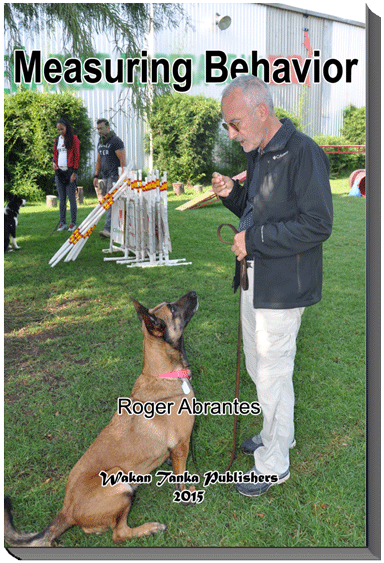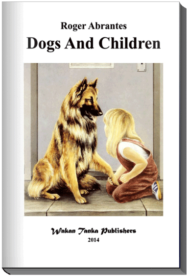Measuring Behavior
€10.80
Measuring Behavior by Roger Abrantes
Gives a survey of the principles of measuring behavior and the statistical treatment of data necessary to complete a research. This course will expand your capacities—in addition to training animals, you’ll be able to conduct some research and evaluate projects done by others.
We do not send you downloads, links to download the book, or paper copies. This is a flipping-pages online book. Please, read also the FAQ.
Please, read terms and conditions for book subscriptions.
Description
Measuring Behavior by Roger Abrantes
This little book gives a good survey of the principles in measuring behavior and the statistical treatment of data necessary to complete a research. This course will expand your capacities—in addition to training animals, you’ll be able to conduct some research and evaluate projects done by others.
“Measuring Behavior means measuring changes because behavior is adaptive. The usual (behavioral) changes we measure concern frequency, intensity, the number of errors, speed, duration, latency, or fluency of the behavior. These are important variables for us to evaluate the efficiency of our work as animal trainers. Without measuring, we are confined to subjective judgments, feelings and impressions, all with a high probability to be biased. Measuring behavior accurately is crucial for everyone concerned with behavior. Ethologists may want to measure behavior to account for the natural behavior of an individual, a group, or a species. Behaviorists and animal trainers may want to monitor an animal’s ability to learn a specific behavior, or to respond to a certain stimulus. Both groups need to measure particular attributes of behavior. They can choose one among several ways to accomplish that depending on the behavior and the objective of their studies. Whether a method A is more (or less) efficient than a method B is something, we must measure. Making bold statements based on our subjective impressions does not lead us to improve the quality of the training we offer our animals and their owners. The objective of this little book is to give students of animal behavior and animal trainers the basic tools to evaluate their work scientifically.”
~Roger Abrantes





